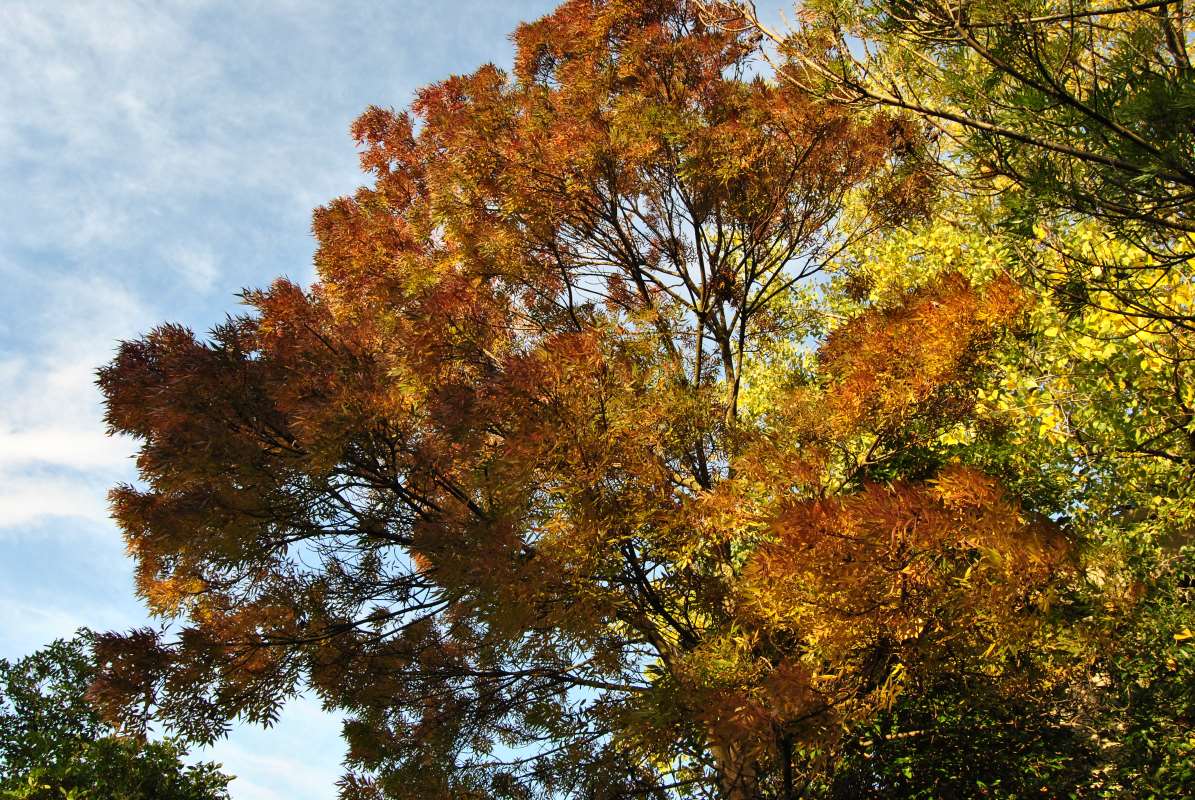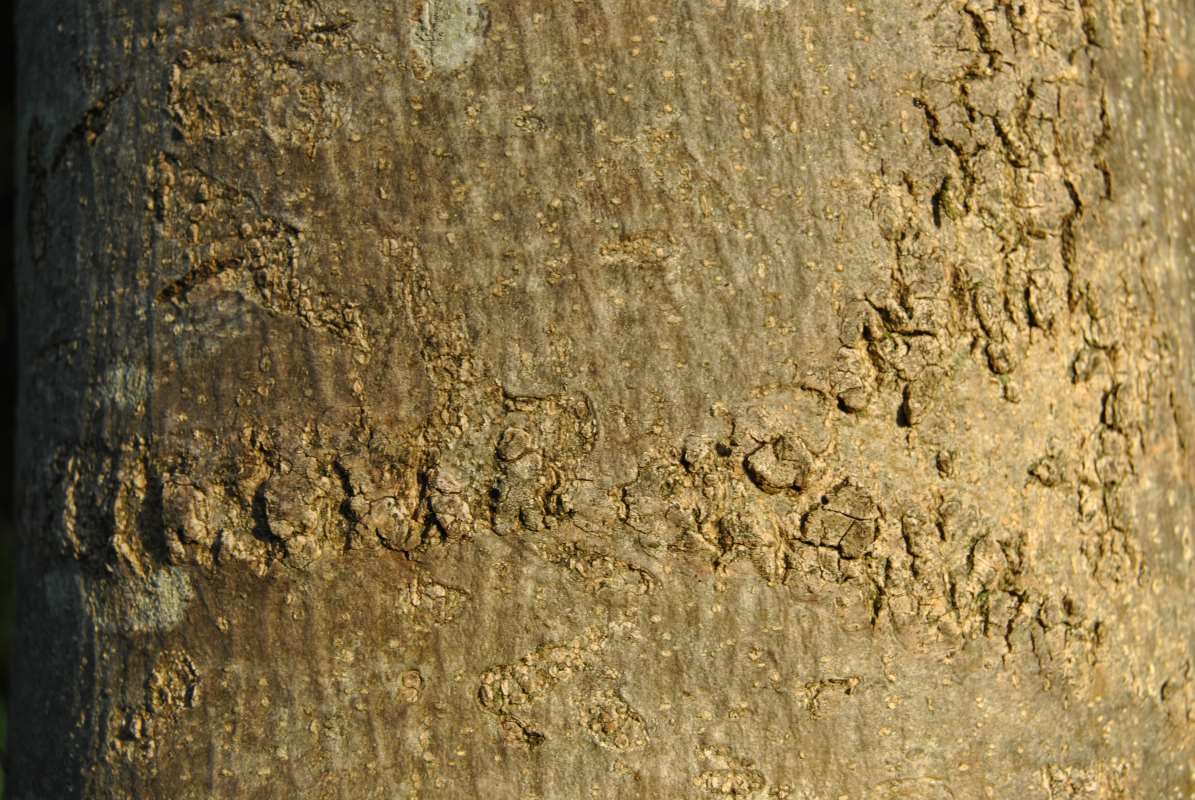
Narrow-leafed Ash
Fraxinus angustifolia
Family and description
Belonging to the Oleaceae family, Fraxinus genus, the narrow-leafed ash is a deciduous tree that can reach a height of up to 25 m.
Of high and irregular canopy, it has a thin, deeply cracked, dark bark and is smooth and pale grey on young trees. The few branches are gray and knotted.
The leaves, 15 to 25 cm long, are formed by 3 to 11 leaflets spaced apart. These, in turn, are lanceolate, with an irregularly sawn margin, sometimes with fine hairs in the central rib of the lower surface.
The flowers appear in May, before the leaves, arranged in axillary panicles. They can be male, hermaphrodite or mixed male and hermaphrodite.
The fruit is a samara that reaches maturity in September. It’s brown, oblong, with terminal wing. The seeds are in the base of the fruit, occupying almost half of its length.
Origin and habitat
A species native to southern Europe, northwest Africa and southwest Asia, it arises naturally in riparian forests or deciduous forests on mountain slopes.
It tolerates a wide temperature range, but does not withstand dryness.
It can grow in calcareous or siliceous soils, preferring the deep ones. Capable of living at altitudes of up to 1400 m, in Portugal the species is most frequently found at altitudes of between 5 and 190 m.
Uses and curiosities
A fast growing species that can live over 200 years.
It is propagated by seeds.
Besides appearing spontaneously, it is used ornamentally especially with elements of water, hedges and fences. Its hard and heavy wood is used in the lining of furniture or in the manufacture of stairs and sports equipment.
The term “angustifolia” means “narrow leaf”, referring, in this case, to the leaflets.

